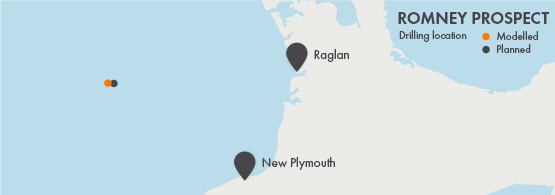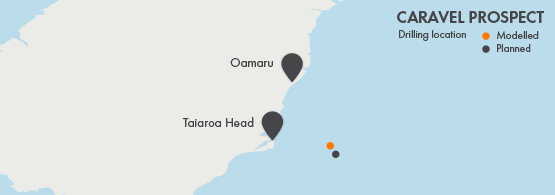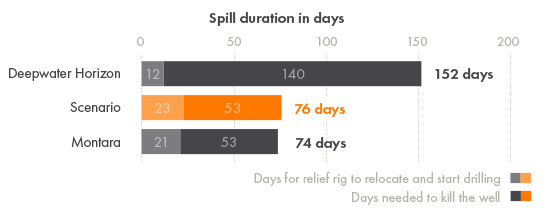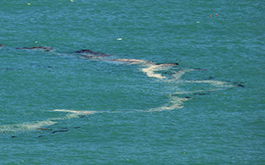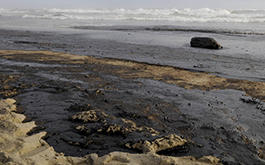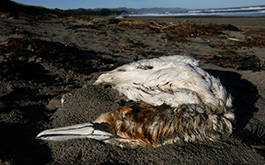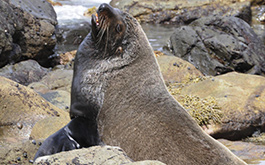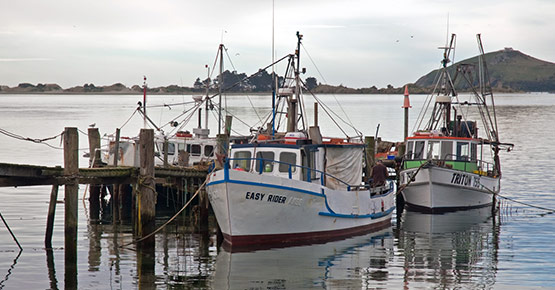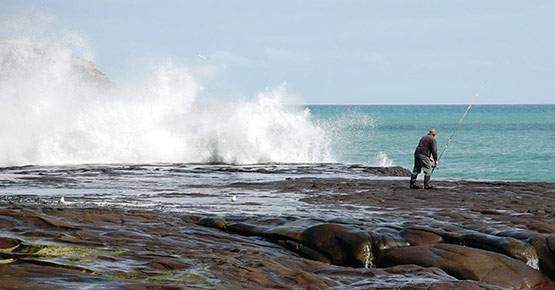The Issue
- Deep sea oil drilling
- Exploratory drilling
- NZ spill response capability
-
Deep sea oil drilling
In 2010, the Deepwater Horizon disaster in the Gulf of Mexico focussed the world’s attention on the catastrophic environmental and economic consequences of a deep sea oil well blowout.
“The cost of drilling in deeper water is not linear with depth; it increases exponentially. The risk also increases significantly. The challenges faced are significant and complex: from the rig to the deepest section of the well.”
Rees & Sharp, 2013. Drilling in extreme environments. Lloyds, London.In New Zealand, the current deepest production well is only 125 meters below sea level. However, plans are in place to drill at water depths of well over 1000m.
Source: GNS, Petroleum Basin Explorer
Left: After Muehlenbachs et al (2011), Preliminary Empirical Assessment of Offshore Production Platforms in the Gulf of Mexico, Figure 3
-
What is exploratory drilling?
Seismic surveying gives oil companies some indication of what might lie beneath the seafloor. Exploratory drilling is required to precisely determine whether there really are any hydrocarbons such as oil, condensate and gas contained within a prospect.
Very little is certain about the type of hydrocarbons present and the pressure of a potential reservoir prior to the first well being drilled. It is for this reason that exploratory drilling is the riskiest phase of oil production (OGP, 2010). The source of the Deepwater Horizon disaster was an exploratory well.
Source: International Association of Oil & Gas Producers (OGP, March 2010). Blowout Frequencies. Risk Assessment Data Directory No. 434Who is deep sea exploratory drilling in NZ?
Several oil companies are planning to start deep sea exploratory drilling in New Zealand:
- Anadarko: This Texan company was a co-owner of the Macondo Prospect, which was the site of the Deepwater Horizon disaster. They were found jointly liable for worst oil spill in history, having previously paid $4 billion to BP as indemnity against liability.
- Shell: Shell Oil holds permits for drilling in the Great South Basin and may be exploratory drilling by the summer of 2014/15.
- OMV: OMV holds permits in the Great South Basin and has been undertaking seismic surveying there.
-
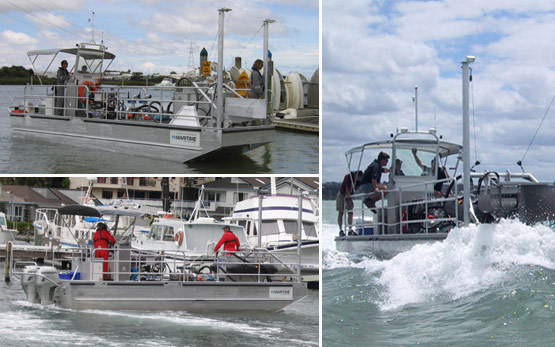
NZ spill response capability
- Maritime New Zealand maintains the capacity to respond to spills of up to 3,500 tonnes
- NZ has a total of three Oil Response Vehicles (pictured at left). These are located in Northland, Auckland and Wellington
- Chemical dispersants would be used to disperse the spill into finer droplets so that it mixes into the water column
- The dispersants stocked in New Zealand include Corexit, which has been shown to greatly increase the toxicity of oil
Sources: Maritime NZ, Responding to oil spills and pollution; Rico-Martinez et al. 2013. Synergistic toxicity of Macondo crude oil and dispersant Corexit 9500A® to the Brachionus plicatilis species complex (Rotifera). Environmental Pollution: 173, 5-10.
Image credit: Maritime NZ
